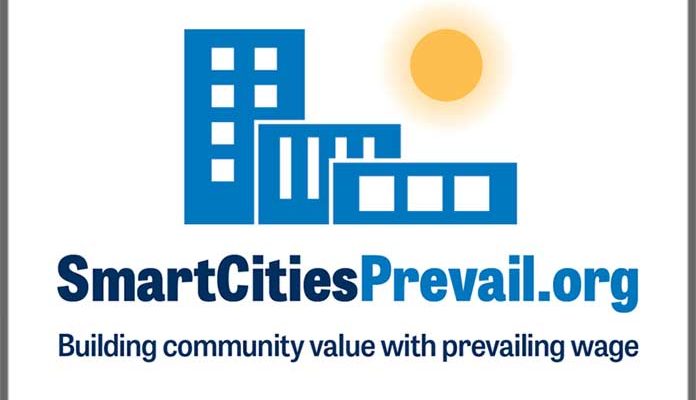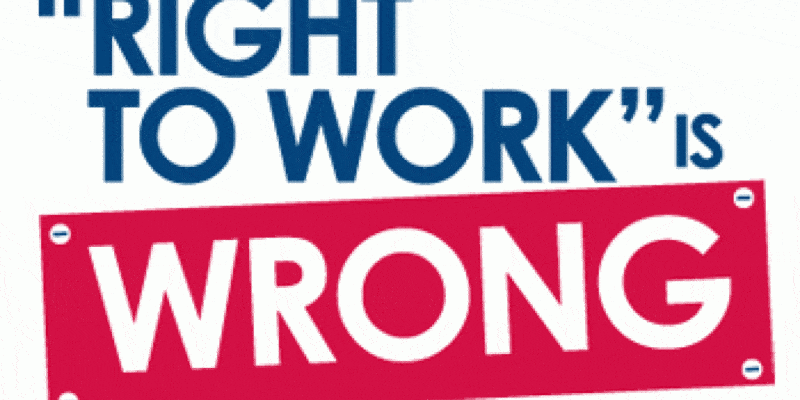January 2019
NAFC is a labor-management organization comprised of fair contracting organizations, responsible contractors, and labor unions and was founded to promote and support a level playing field in the public construction sector. NAFC provides a forum for those committed to responsible, competitive contracting and offers its members a wide variety of tools to strengthen, defend and enforce the broad array of laws and requirements which regulate public construction.
Join us today by clicking on the membership form below and submit your check for $850.00 for your annual dues.
NAFC 2019 Membership Application
Please make checks payable to:
National Alliance for Fair Contracting or NAFC
905 – 16th Street, NW
Washington, DC 20006
Please be advised that a fee of membership in the National Alliance for Fair Contracting is not deductible for tax purposes under IRC § 6113.










